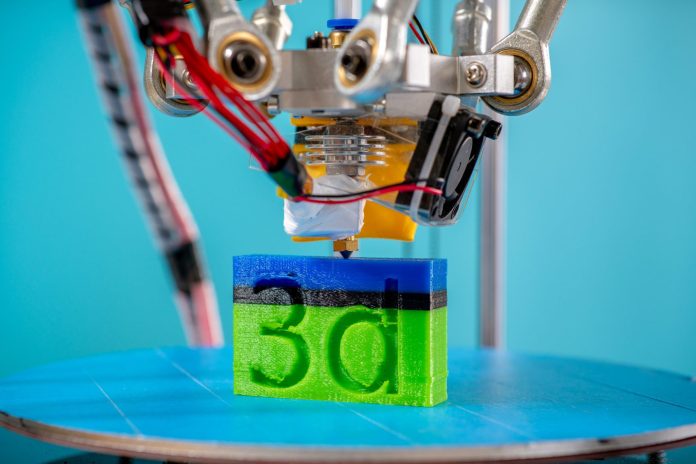What is additive manufacturing and how it could improve the manufacturing process?
According to Singapore operator Singtel, additive manufacturing (AM) or 3D printing is making significant impacts on the manufacturing industry. In particular, 3D printing is revolutionizing spare parts management. “Many warehouses maintain a huge inventory of spare parts for customers who are still operating older machines. Half of all orders shipped are one-time requests for spare parts. With predictive analytics, they can forecast the demand for spare parts and use a 3D printer to create the part on-demand. This will reduce waste and the cost to store spare parts,” Singtel said.
American multinational home appliance manufacturer Whirlpool adopted 3D printing through a partnership with Singapore service bureau Spare Parts 3D. They are using the technology to “combat obsolescence and fulfill part-shortage areas.” While this will result in cost-savings for the company, Whirlpool believes that the most significant outcome is the impact on customer care as customers can receive brand new spare-parts whenever they need it.
How 5G could help improve the additive manufacturing process?
The emergence of 5G can supercharge this process by enabling operators to connect with multiple standalone 3D printers, so they can monitor and control the 3D printing processes remotely, Singtel said.
According to GE, additive manufacturing is a transformative approach to industrial production that enables the creation of lighter, stronger parts and systems.
Additive manufacturing uses data computer-aided-design (CAD) software or 3D object scanners to direct hardware to deposit material, layer upon layer, in precise geometric shapes. As its name implies, additive manufacturing adds material to create an object. By contrast, when you create an object by traditional means, it is often necessary to remove material through milling, machining, carving, shaping or other means, GE explained.
What are the main advantages of additive manufacturing for manufacturers?
GE also highlighted that additive manufacturing allows the creation of lighter, more complex designs that are too difficult or too expensive to build using traditional dies, molds, milling and machining.
“AM also excels at rapid prototyping. Since the digital-to-digital process eliminates traditional intermediate steps, it is possible to make alterations on the run. When compared to the relative tedium of traditional prototyping, AM offers a more dynamic, design-driven process. Whether additive manufacturing is used for prototyping or production, lead times are frequently reduced. Lead times for certain jet engine parts have been reduced by a year or more. Also, parts once created from multiple assembled pieces are now fabricated as a single, assembly-free object,” GE said in a report.
According to U.K.-based research and technology organization TWI, AM allows for the creation of bespoke parts with complex geometries and little wastage. “Ideal for rapid prototyping, the digital process means that design alterations can be done quickly and efficiently during the manufacturing process. The lack of material wastage provides cost reduction for high value parts, while AM has also been shown to reduce lead times. In addition, parts that previously required assembly from multiple pieces can be fabricated as a single object which can provide improved strength and durability. AM can also be used to fabricate unique objects or replacement pieces where the original parts are no longer produced,” TWI said.
For more 5G manufacturing content, check out the following:
- What is 5G manufacturing and what does it mean for productivity?
- Top 5 5G manufacturing use cases
- Three 5G manufacturing case studies: Audi, Haier, Bosch
- What’s the role of a digital twin in smart manufacturing?
- 5G manufacturing use case spotlight: Automated guided vehicles
- 5G manufacturing use case spotlight: Real-time video analytics

